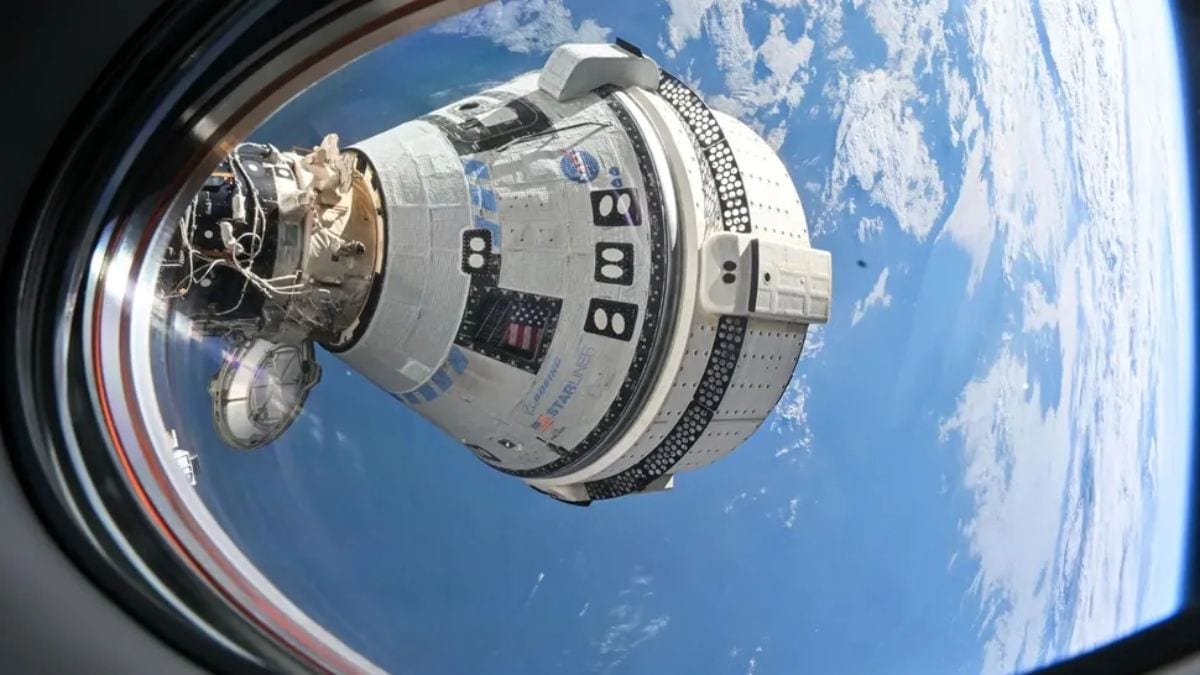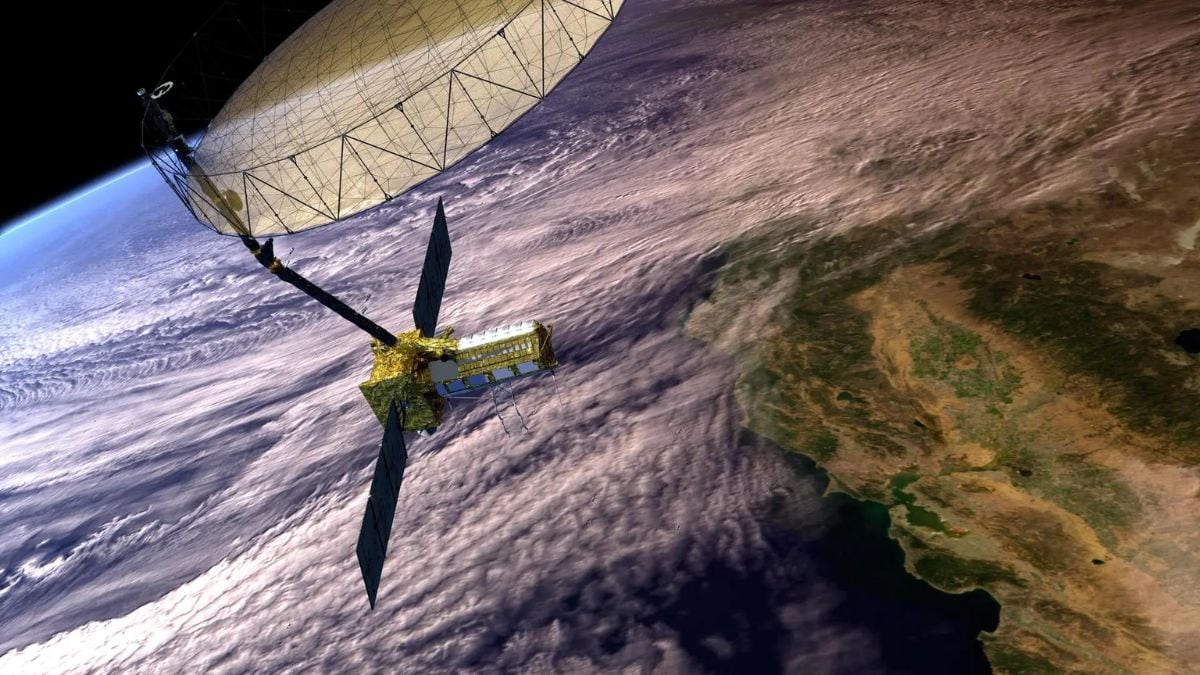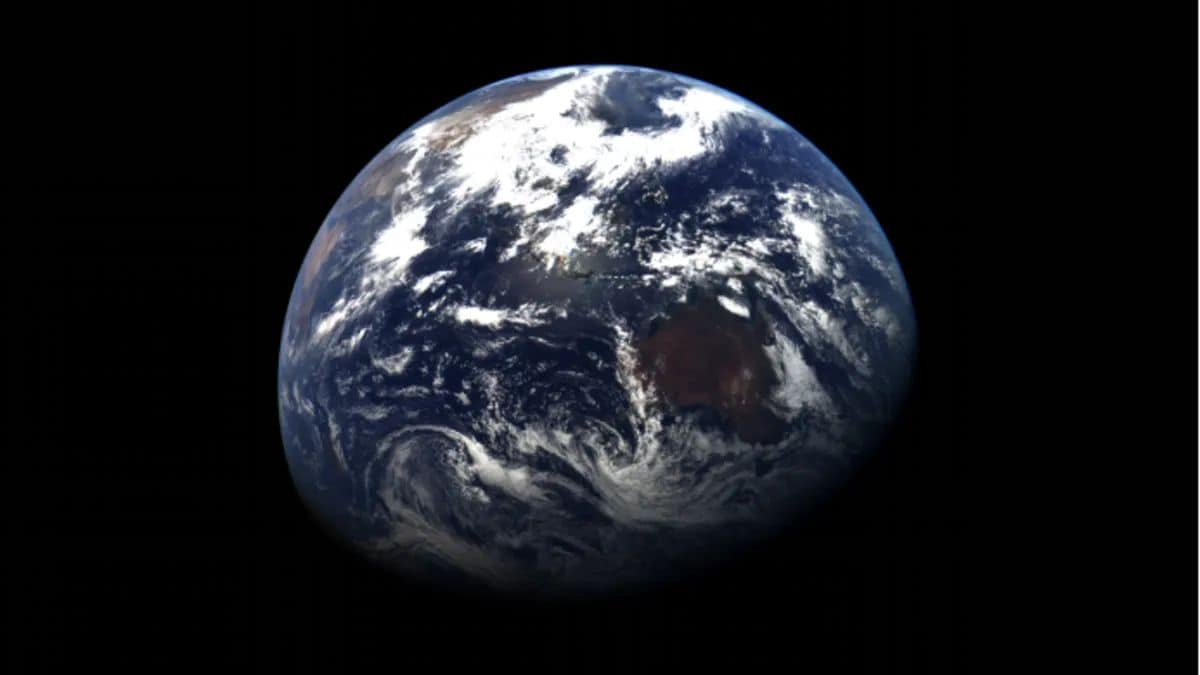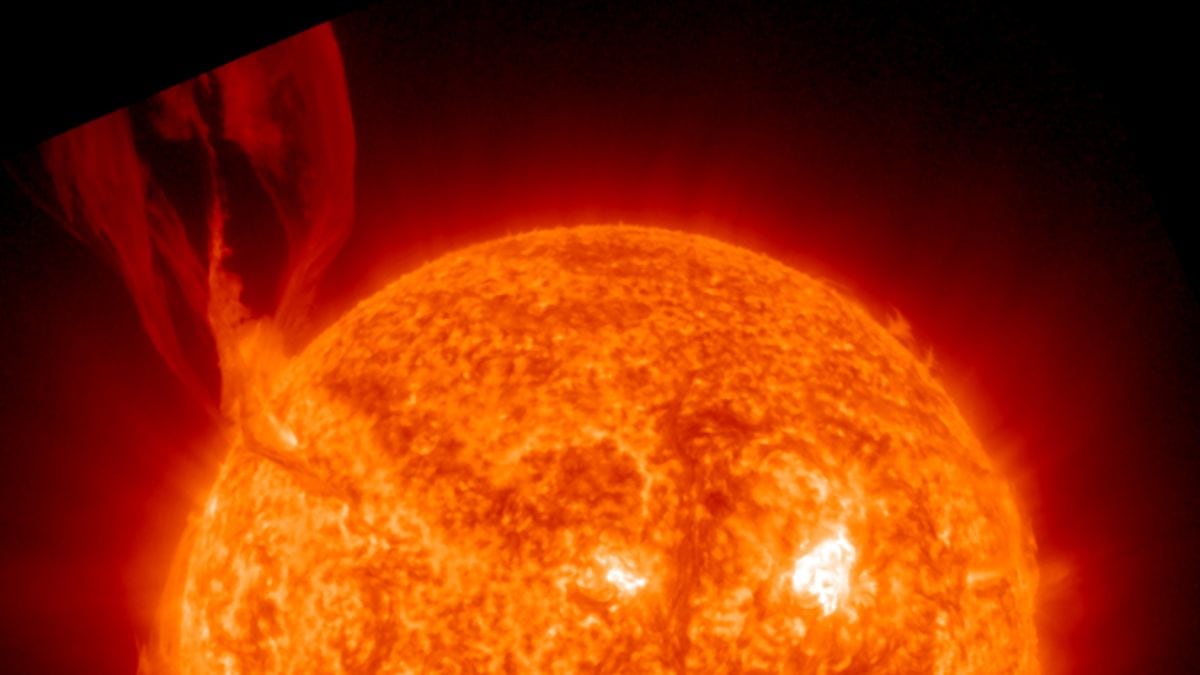Mars’ huge canyon system, Valles Marineris, may hold hidden water beneath the surface, according to a new study. The European Space Agency (ESA) and Roscosmos’ collbaorative ExoMars Trace Gas Orbiter (TGO) discovered large volumes of water in the canyon’s heart. By monitoring the hydrogen concentration in the uppermost metre of the Red Planet’s soil, TGO’s FREND (Fine Resolution Epithermal Neutron Detector) has been probing these discoveries. This is due to the fact that hydrogen is a key indicator of water concentration. Water is known to exist on Mars but mostly in the polar regions in a frozen form and in traces at lower latitudes of the planet as near-surface water.
The ESA quoted Igor Mitrofanov, the lead author of the study as saying, “With TGO we can look down to one metre below this dusty layer and see what’s really going on below Mars’ surface — and, crucially, locate water-rich ‘oases’ that couldn’t be detected with previous instruments.”
Based on FREND’s observations, researchers believe the enormous amounts of hydrogen in the canyon are bonded into water molecules. This means that water makes up approximately 40 percent of the region’s near-surface material.
Co-author Alexey Malakhov explained why FREND’s neutron telescope has been used for detection. He said that when “highly energetic particles known as galactic cosmic rays” come in contact with Mars, neutrons are formed. He went on to add that drier soils emit more neutrons than wetter ones, making it possible for researchers to estimate how much water is in a soil by looking at the neutrons it emits.
Researchers studied the FREND observations from May 2018 to February 2021 to come to a conclusion. According to them, the suspected water in Mars’ canyon may be compared to Earth’s permafrost region, where water ice permanently persists under dry soil.
Water ice is unusual on Mars’ lower latitudes. This is because the temperatures are so high that water molecules evaporate in this region. Co-author Hakan Svedhem said, “This finding is an amazing first step, but we need more observations to know for sure what form of water we’re dealing with.”
Discovering a reservoir of water at the Valles Marineris is important as several future missions to Mars are scheduled to land at lower latitudes for future exploration.
The Valles Marineris is often compared to Earth’s Grand Canyon, which is ten times shorter and five times shallower. Mars’ canyon is the largest canyon in the Solar System and also the planet’s most majestic landscape.
Colin Wilson, ESA’s ExoMars TGO project scientist, said, that knowing Mars’ present-day water content would enable researchers to understand what happened to the planet’s once-abundant water. The discovery will also help to detect signs of past life, organic materials, and habitable environments.











